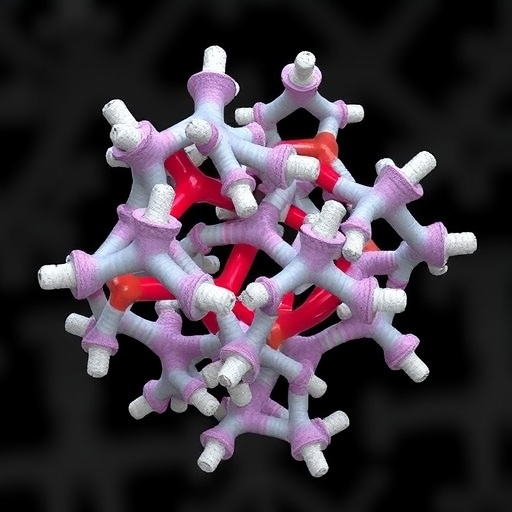ITHACA, N.Y. – A new type of treatment for osteoarthritis, currently in canine clinical trials, shows promise for eventual use in humans.
The treatment, developed by Cornell University biomedical engineers, is a synthetic version of a naturally occurring joint lubricant that binds to the surface of cartilage in joints and acts as a cushion during high-impact activities, such as running.
“When the production of that specific lubricant goes down, it creates higher contact between the surfaces of the joint and, over time, it leads to osteoarthritis,” said David Putnam, a professor in the College of Engineering with appointments in the Meinig School of Biomedical Engineering and the Smith School of Chemical and Biomolecular Engineering.
The study focuses on a naturally occurring joint lubricant called lubricin, the production of which declines following traumatic injuries to a joint, such as a ligament tear in a knee.
The knee is lubricated in two ways – hydrodynamic mode and boundary mode.
Hydrodynamic mode lubrication occurs when the joint is moving fast and there isn’t a strong force pushing down on it. In this mode, joints are lubricated by compounds like hyaluronic acid (HA) that are thick and gooey, like car oil. There are numerous HA products on the market, approved by the Food and Drug Administration, for treating hydrodynamic mode lubrication disorders.
But HA is ineffective when strong forces are pushing down on the joint, such as those that occur during running or jumping. In these instances, thick gooey HA squirts out from between the cartilage surfaces, and boundary mode lubrication is necessary. Under these forces, lubricin binds to the surface of the cartilage. It contains sugars that hold on to water, to cushion hard forces on the knee.
In the paper, the researchers describe a synthetic polymer they developed that mimics the function of lubricin and is much easier to produce. “We are in clinical trials, with dogs that have osteoarthritis, with our collaborators at Cornell’s College of Veterinary Medicine,” Putnam said.
“Once we finalize the efficacy study in dogs, we will be in a very good position to market the material for veterinary osteoarthritis treatment,” Putnam said. From there, the human market for a lubricin substitute should follow, just as HA has been made available for human use, mainly in knees.
###
Putnam is senior author of “Boundary Mode Lubrication of Articular Cartilage With a Biomimetic Diblock Copolymer,” published in Proceedings of the National Academy of Sciences, USA. Zhexun Sun, a postdoctoral researcher in Putnam’s lab, is the paper’s first author.
Lawrence Bonassar, the Daljit S. and Elaine Sarkaria Professor in Biomedical Engineering and in Mechanical and Aerospace Engineering, is a co-author of the paper. Scott Rodeo, a clinician-scientist at Hospital for Special Surgery (HSS) in New York, has been a longtime collaborator on this project. Every HSS doctor holds an appointment on the faculty of Weill Cornell Medical College.
The study was funded by the National Institutes of Health.
Cornell University has dedicated television and audio studios available for media interviews supporting full HD, ISDN and web-based platforms.
Media Contact
Lindsey Hadlock
[email protected]
Related Journal Article
http://news.
http://dx.




